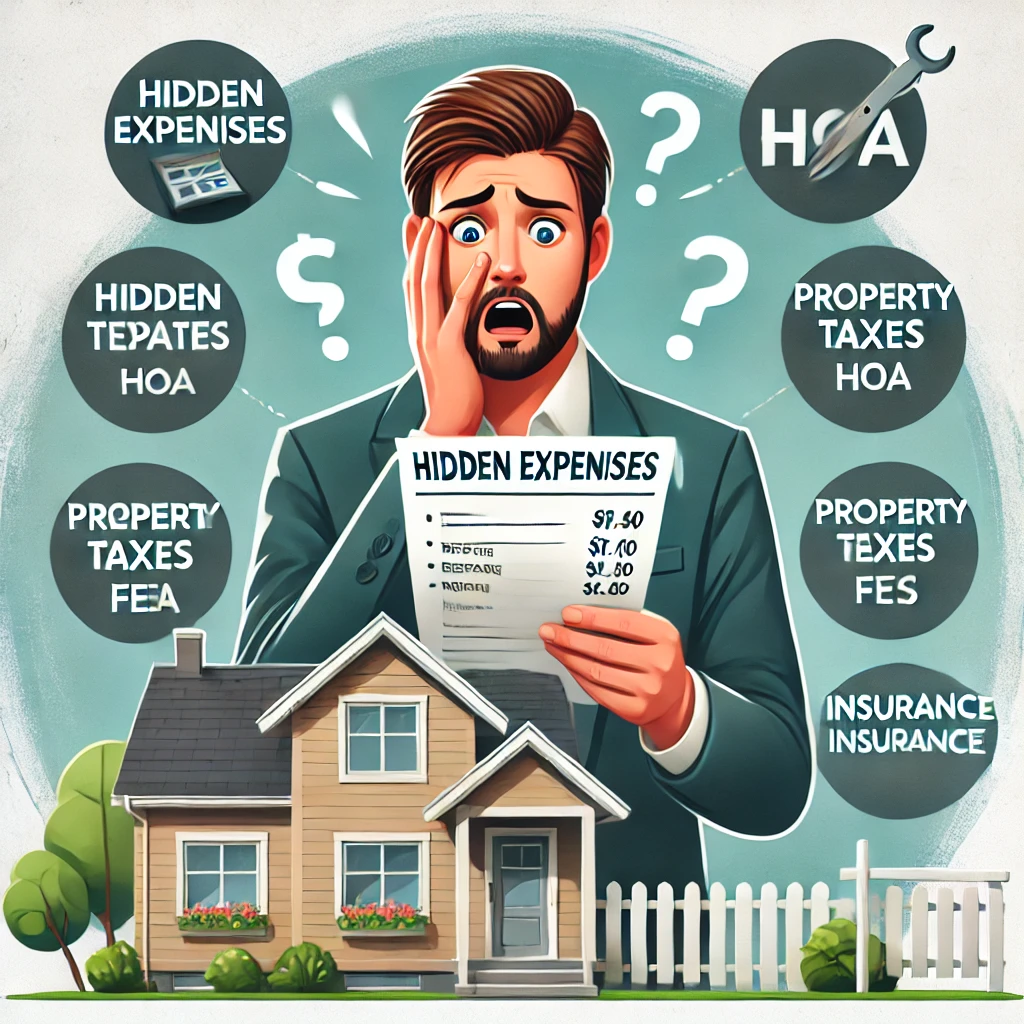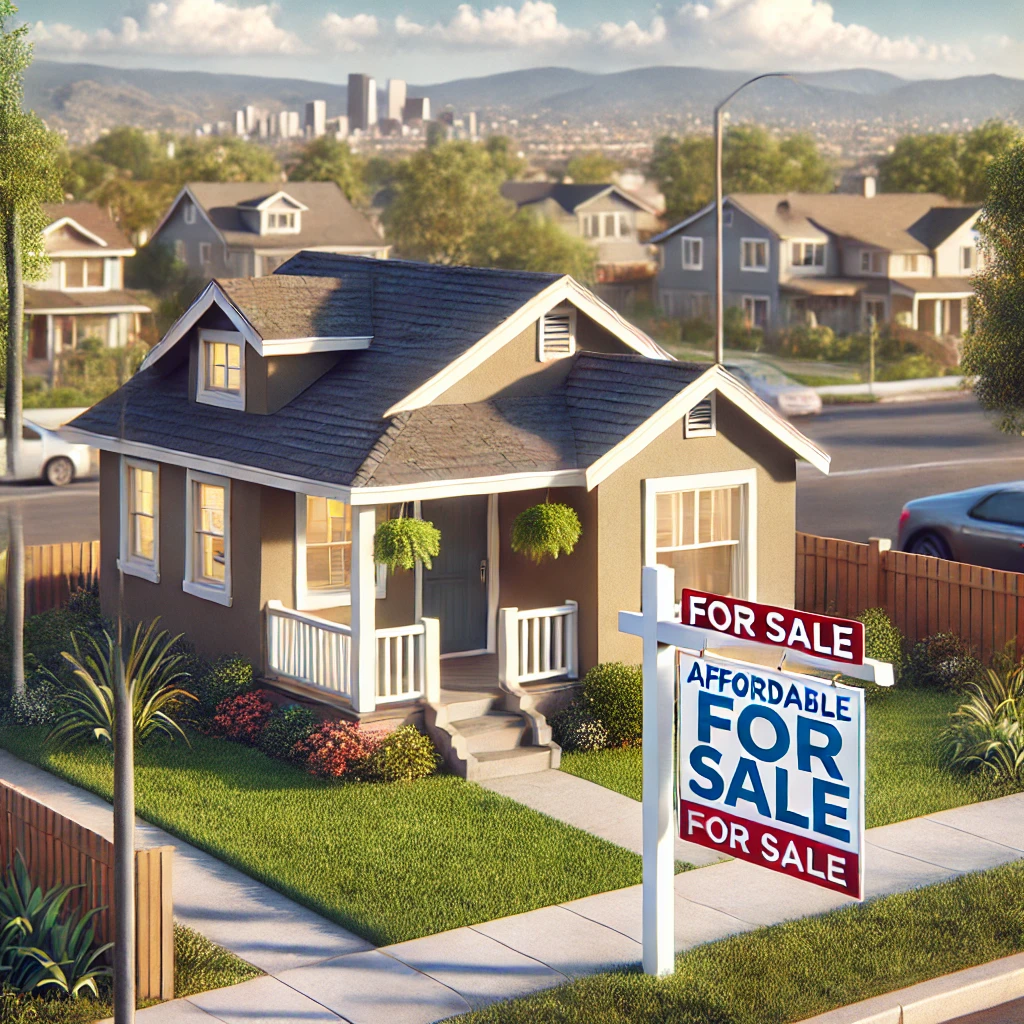Best Luxury Communities in Florida in 2025
Best Luxury Communities in Florida in 2025 Florida has long been a magnet for luxury real estate buyers, and 2025 is no exception. With its warm climate, coastal charm, tax-friendly policies, and world-class amenities, the Sunshine State continues to attract high-net-worth individuals seeking the best in residential living. Whether you’re relocating, investing, or upgrading your lifestyle,Florida’s luxury communities offer unmatched exclusivity, comfort, and value. In this comprehensive guide, we explore the best luxury communities across Florida in 2025. From oceanfront mansions in Miami to golf-course estates in Naples, we’ve highlighted the most desirable places to call home. — Why Choose a Luxury Community in Florida? Florida’s luxury real estate market is thriving. Here’s why smart buyers are choosing to invest in high-end communities: .No state income tax .Year-round warm weather and sunshine .Resort-style amenities and private services .Proximity to top-rated schools, healthcare, and entertainment .Strong ROI and appreciation potential — Top 10 Best Luxury Communities in Florida in 2025 1. Fisher Island – Miami Beach Location: Private island off Miami Beach Why It’s Luxurious: Accessible only by ferry or private yacht, Fisher Island offers ultimate seclusion with ultra-luxury condos and villas. Residents enjoy private beaches, a deep-water marina, golf courses, and a world-class spa. Price Range: $3M – $40M+ Ideal For: Ultra-high-net-worth individuals seeking privacy and status — 2. The Bear’s Club – Jupiter Location: Palm Beach County Why It’s Luxurious: Founded by golf legend Jack Nicklaus, The Bear’s Club is one of Florida’s most exclusive golf communities. Homes are custom-built estates surrounded by native pines and fairways. Price Range: $7M – $30M Ideal For: Golf lovers and affluent families — 3. Port Royal – Naples Location: Southwest Florida Why It’s Luxurious: Known as one of the most prestigious waterfront neighborhoods in the U.S., Port Royal offers expansive estates with Gulf of Mexico access. Price Range: $10M – $60M+ Ideal For: Yacht owners and those who crave opulent coastal living — 4. The Estuary at Grey Oaks – Naples Location: Central Naples Why It’s Luxurious: Gated community offering Mediterranean-inspired estates, three championship golf courses, and a lavish clubhouse. Price Range: $5M – $15M Ideal For: Retirees and seasonal residents seeking elegance and amenities — 5. Island Estates – Clearwater Beach Location: Near Tampa Bay Why It’s Luxurious: Waterfront living with easy access to boating and beaches. The neighborhood blends privacy, luxury, and convenience. Price Range: $2M – $10M Ideal For: Families and water sports enthusiasts — 6. Windsor – Vero Beach Location: East Coast Florida Why It’s Luxurious: A private beachfront village offering equestrian facilities, tennis, golf, and architecture inspired by New Urbanism. Price Range: $3M – $20M Ideal For: Buyers seeking a low-key, cultured coastal community — 7. Lake Nona Golf & Country Club – Orlando Location: Central Florida Why It’s Luxurious: A tech-savvy luxury enclave with a focus on wellness, innovation, and family-friendly amenities. Home to top athletes and executives. Price Range: $2M – $12M Ideal For: Professionals and families in tech, sports, or medicine — 8. Ocean Reef Club – Key Largo Location: Florida Keys Why It’s Luxurious: Private club community with a marina, airport, two golf courses, and dozens of amenities. Price Range: $1.5M – $25M Ideal For: Boating aficionados and seasonal homeowners — 9. Boca West Country Club – Boca Raton Location: Southeast Florida Why It’s Luxurious: Voted one of the top country clubs in the U.S., Boca West features 4 golf courses, a spa, dining, and luxurious residences. Price Range: $1M – $10M Ideal For: Golfers and active retirees — 10. Golden Oak at Walt Disney World Resort – Orlando Location: Inside Disney Resort, Orlando Why It’s Luxurious: Offers unique access to Disney services with million-dollar homes designed with storybook charm and elegance. Price Range: $4M – $15M Ideal For: Disney lovers and families wanting a magical lifestyle — Features to Look for in a Florida Luxury Community When evaluating luxury communities, consider the following features: .Gated security and 24/7 surveillance .Private beach or marina access .High-end golf and tennis facilities .Fine dining and country club memberships .Wellness centers and spas .Concierge and valet services — Florida Luxury Real Estate Market Trends in 2025 .Rising Demand: Migration from high-tax states continues to drive interest .Remote Work Influence: Buyers seeking resort-style living year-round .Inventory: New developments in Orlando and Miami suburbs .Sustainability: Eco-luxury and smart home features trending — Final Thoughts Florida’s luxury communities in 2025 offer more than homes—they offer a lifestyle. Whether you dream of oceanfront elegance, golf-side estates, or a family-friendly oasis, the Sunshine State has it all. These neighborhoods combine sophistication with leisure, privacy with connectivity, and nature with design. — Ready to Find Your Dream Home? Explore our exclusive listings of Florida’s best luxury communities and get personalized guidance from our real estate experts. Contact us today to schedule a private tour or get insider insights into the market. USPropertyInsider.com – Your trusted source for elite U.S. real estate.




